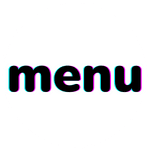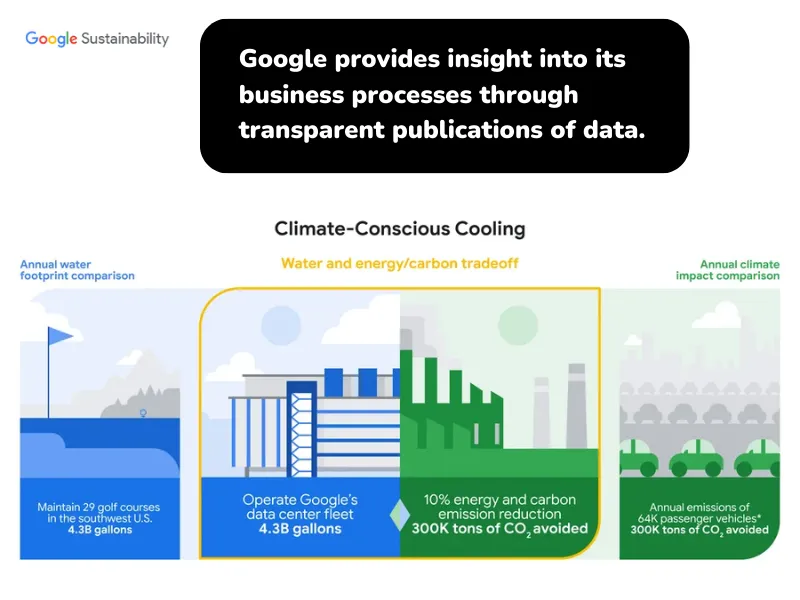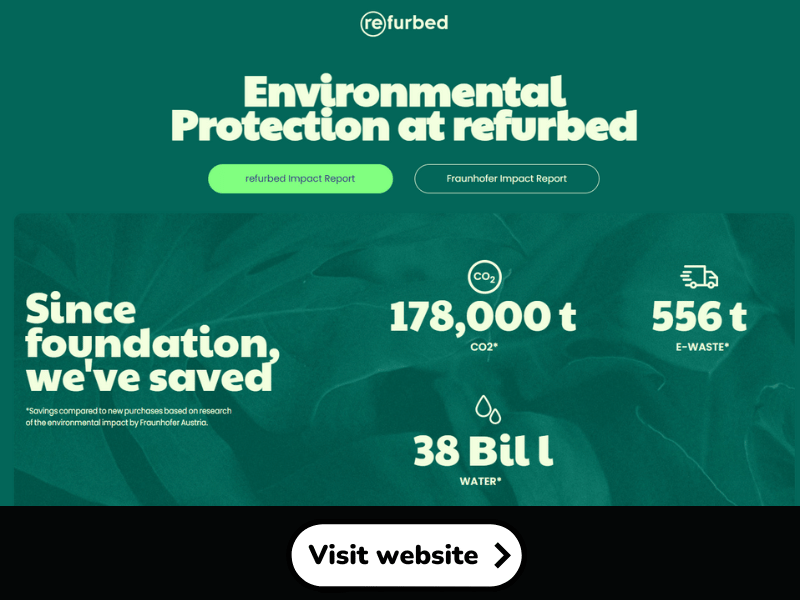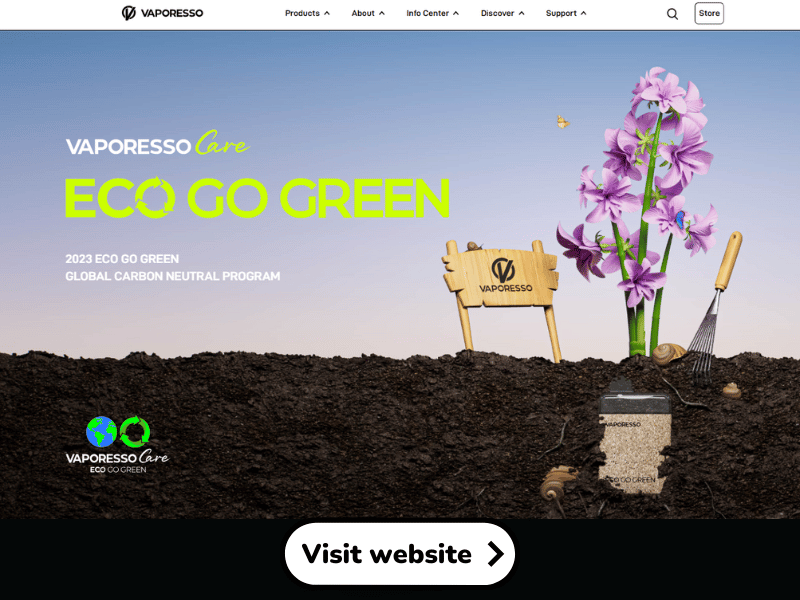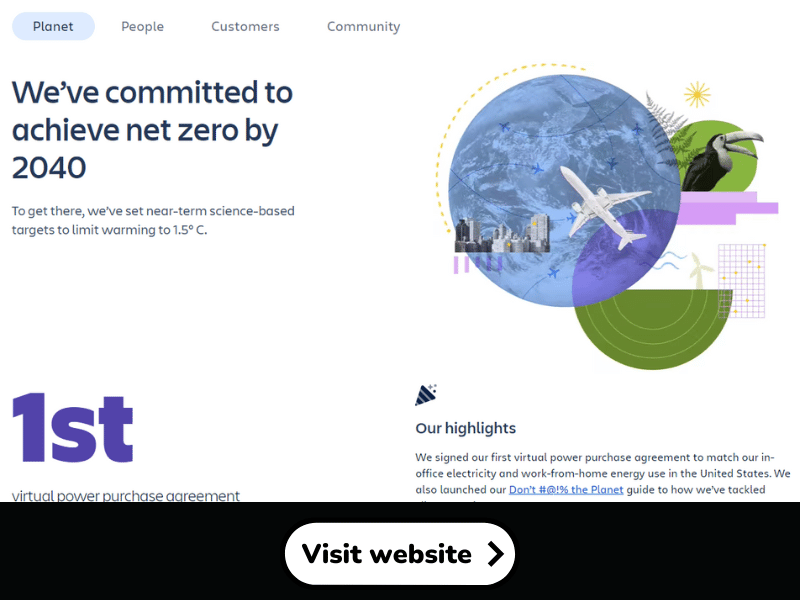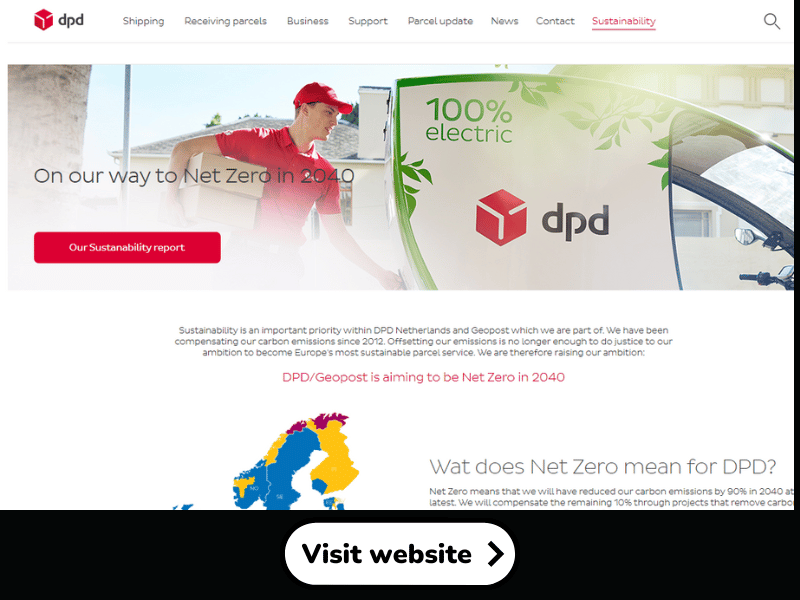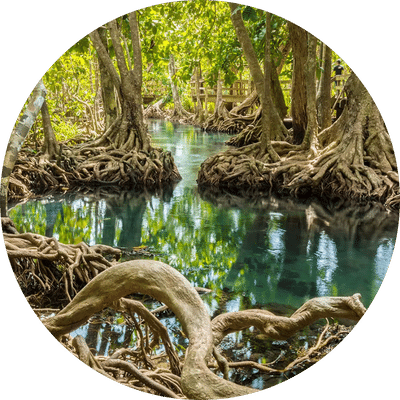How to create a page about sustainability? + examples
A sustainability page is no longer an extra, but essential to any progressive company’s website. More and more customers, suppliers and partners expect companies to work for a better world. Show that your company takes that responsibility seriously with a catchy page that highlights your sustainability efforts.
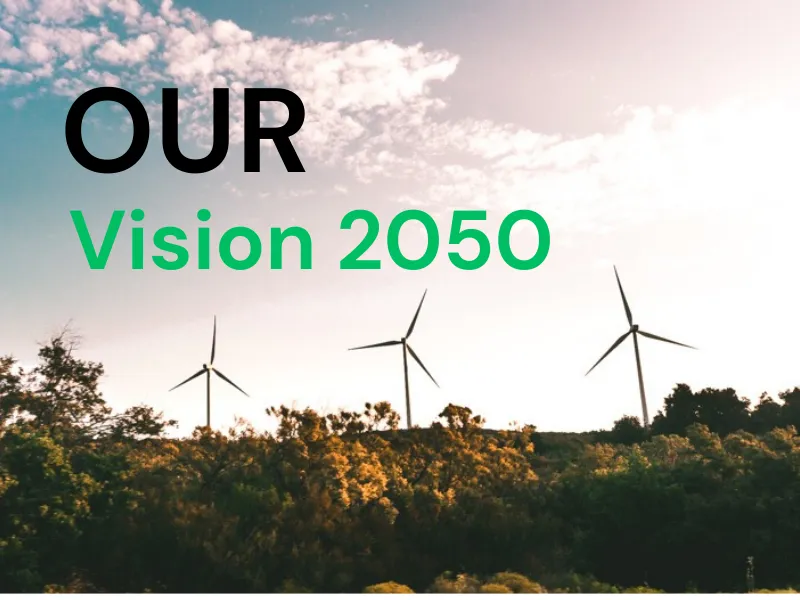
A sustainability page is more than a marketing tool. It is a powerful statement of your values and an inspiration for others to work together for a better future.
A sustainability page is a dedicated page on your website that communicates your commitment to environmental protection and climate action. With this, you not only show your vision, but also concrete steps you are taking to make a difference.
Sustainability pages used to be mainly a calling card for frontrunners in the ‘green’ sector. Now it is crucial for any company to show that they are environmentally conscious.
Why communicate about your sustainable efforts?
- Strengthen your image: Show that you are a responsible party with an eye for the future.
- Create trust: Transparency about your carbon footprint and the steps you are taking to reduce it creates trust with customers and partners.
- Attract talent: Environmentally conscious employees are looking for employers who share their values.
- Stay relevant: Sustainability is an increasingly important issue in society. Companies that do not respond to it risk falling behind.
Make your sustainability page a success:
- Focus on impact: Tell clearly and concretely what you are doing to reduce your company’s impact on the environment.
- Make it visually appealing: Use images, videos and infographics to tell your story.
- Involve your stakeholders: Let customers, suppliers and employees think and participate.
- Stay up-to-date: Make sure your page is dynamic and update it regularly with new information.
The why.
A sustainability page is more than a listing of green initiatives. It is an opportunity to communicate your values and reinforce your commitment to a better world.
The key to success? Make the link between your sustainability efforts and your ‘why’.
Avoid vague terms and generalities. Be concrete and clear about the impact of your initiatives.
Ask yourself the following questions:
- How does this initiative contribute to a better world?
- How does it affect our products or services?
- What impact will it have on our operations?
Tell your story with passion. Share the motivation behind your sustainability efforts.
- Why is this important to you and your team?
- What values do you want to convey through this?
Be authentic and transparent. Dare to share where you still have steps to take. Show that you are continuously improving.
By communicating your ‘why’, you make your sustainability efforts relevant and authentic. You create a powerful connection with your stakeholders and inspire them to work together for a better future.
Some tips:
- Use concrete examples.
- Make use of infographics and videos.
- Share your employees’ stories.
- Link your initiatives to your company’s values.
- Be transparent about your progress.
Make your sustainability page an inspiring and informative platform that shows your commitment to a better world!
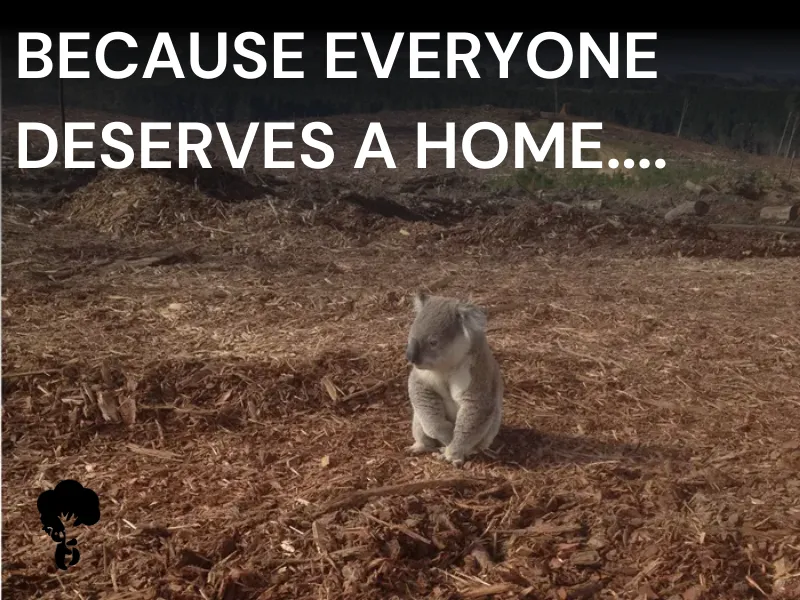
Showcase your achievements and future plans:
Sustainability is a journey, not a final destination. Along the way, it is important to celebrate your successes but also to keep learning and improving.
Show what you have already achieved:
- What steps have you already taken to make your business more sustainable?
- What concrete results have you achieved?
- How have these steps affected your business and the environment?
Also talk about your future plans:
- What new goals do you have in mind?
- What initiatives will you set up to achieve these goals?
- How will you measure and report your progress?
Be transparent and honest:
- Acknowledge that there is always room for improvement.
- Also share the challenges you face.
- Show that you learn from your mistakes.
Tips:
- Use concrete examples.
- Make it visuee (infographics, videos or photos).
- Tell the story behind your numbers.
- Be transparent and honest.
- Make your plans concrete and measurable.
By communicating your achievements and future plans, you show that you are serious about sustainability. You create trust and inspire others to follow you. Look at Russel WBHO’s example for a simple but effective way to achieve this.
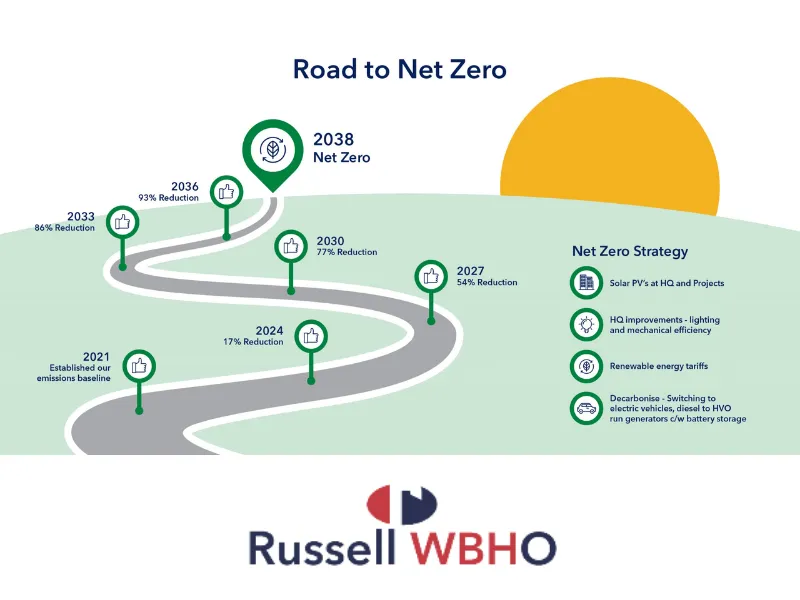
Acknowledge both successes and challenges:
A sustainability page need not paint a completely positive picture – it is acceptable to acknowledge shortcomings too. It is common for companies to make future sustainability commitments (such as phasing out plastic packaging or achieving net zero emissions), but we all know that even the best laid plans can encounter obstacles.
Whether you have made future commitments or not, acknowledging where your efforts have fallen short of expectations is a commendable approach to communicating your sustainability journey. Refer to Atlassian’s sustainability page for a top-notch example of this approach.
Show your credentials and formal certifications:
Sustainability is more than just good intentions. Show your commitment with official accreditations and seals of approval.
For example:
Climate neutral certification (e.g. from Kuwi.org)
B Corp certification
‘Certified organic’ labels
Biodegradable/compostable packaging
Responsible material/raw material sourcing (e.g. Marine Stewardship Council, FSC, Energy Label)
Show your expertise:
Explain what the certifications mean.
Tell how you achieved them.
Show how they affect your business.
Tips:
- List only the certifications that are relevant to your business.
- Make it clear what the benefits of the certifications are.
- Use simple language that everyone can understand.
- Make it visually appealing.
Showing your credentials and certifications shows that you are a reliable partner in sustainability.
Extra tip:
Look for local or industry-specific certifications relevant to your business.

Use data
While it is important to express your commitment and intentions, data makes them more credible. Display data that shows your performance in key sustainability areas, such as:
- How much CO2 you emit
- How much energy you consume (water, electricity, gas)
- How much waste you produce
- How you travel (flights, carpooling, taxis)
If you make products, show how they affect the environment. Brands like ASOS, Canva and Allbirds do this well.
Also talk about goals you have, such as:
- How much per cent less CO2 emissions you want to achieve
- What percentage of your flights or car trips do you want to avoid or replace with more environmentally friendly options.
Make sustainability terms accessible to all
More and more people want to know what companies are doing to reduce their impact on the world. But sustainability terms are often complicated, making it difficult for the layperson to understand.
Therefore, it is advisable to define technical terms such as “carbon neutral,” “emissions range,” “net zero,” “organic,” or “compostable,” or provide links to resources that offer additional explanations for those unfamiliar with these terms.
This provides an opportunity to create valuable content on your site that educates your audience on sustainability topics. If you are looking for resources related to carbon neutrality, net zero, carbon offsets, or emission reductions, consider reading articles on the Kuwi.org website to learn more.
Check out the example of Refurbed below:
Be open to feedback
Sustainability is an important topic, and there are bound to be questions. So make it easy for your readers to contact you:
- Offer a clear point of contact. This could be an e-mail address, phone number or contact form.
- Include the name of a contact person. This way, people know who they are dealing with.
- Make it clear what people can contact you for. Questions, feedback, complaints? Let people know.
By promoting an open dialogue, you build trust with your stakeholders and make the world a better place together!

